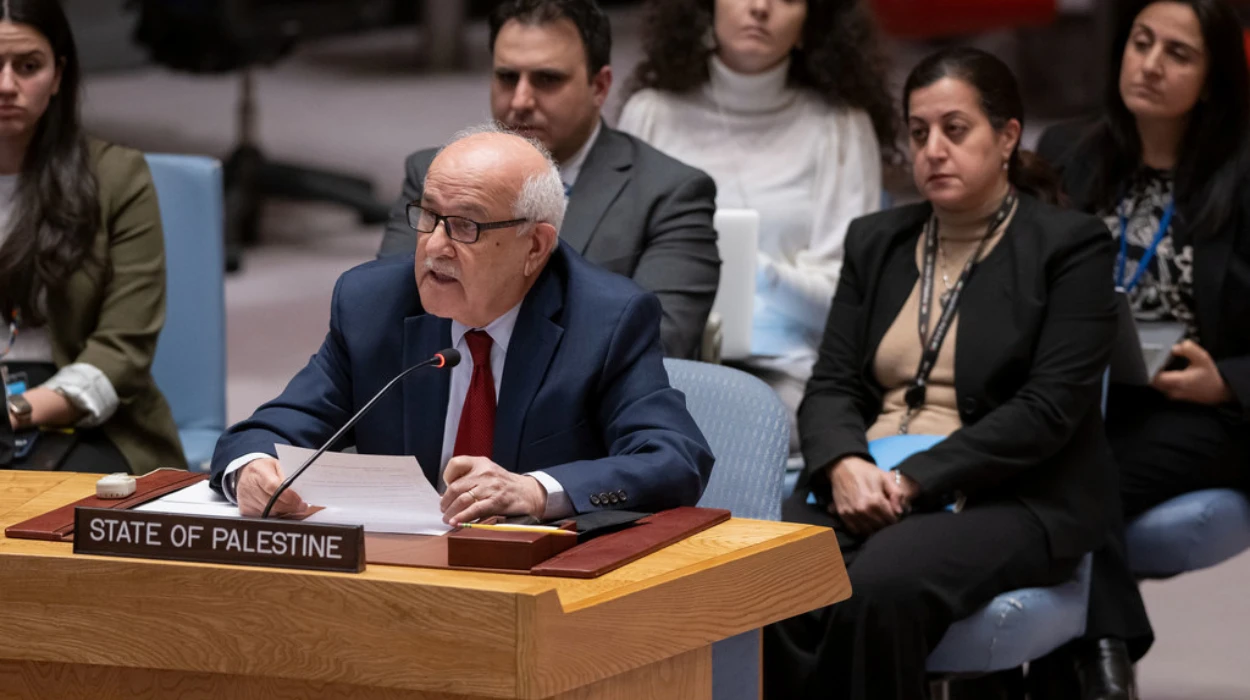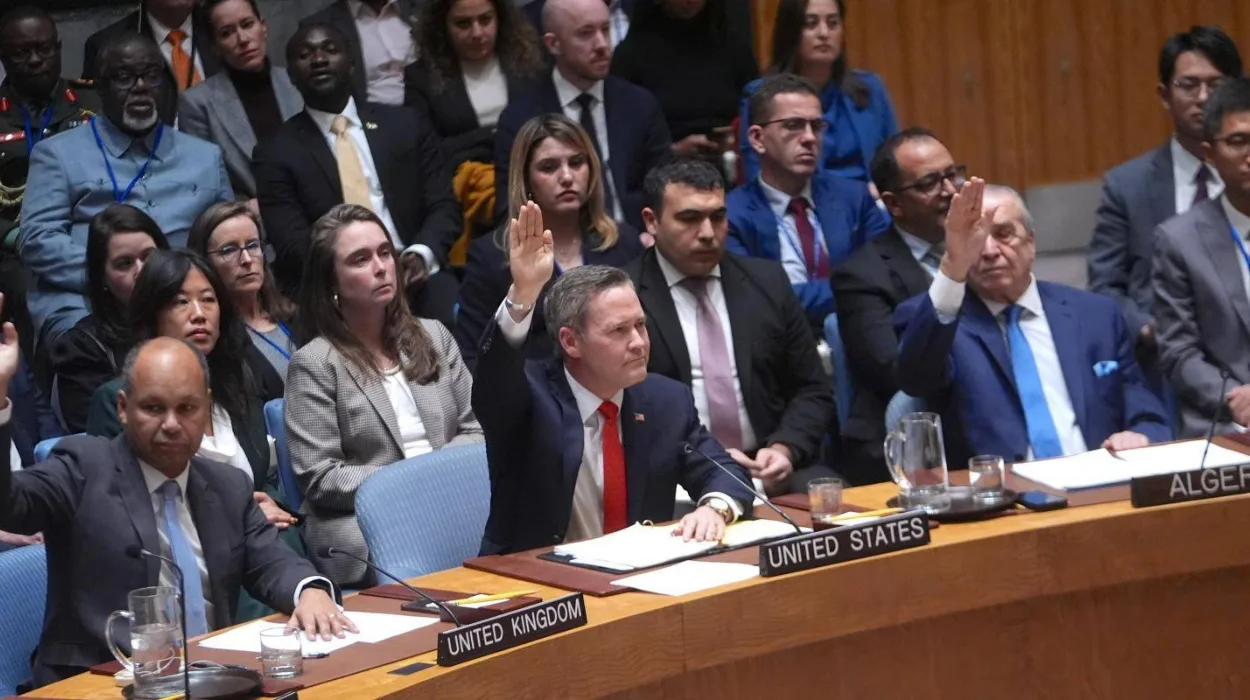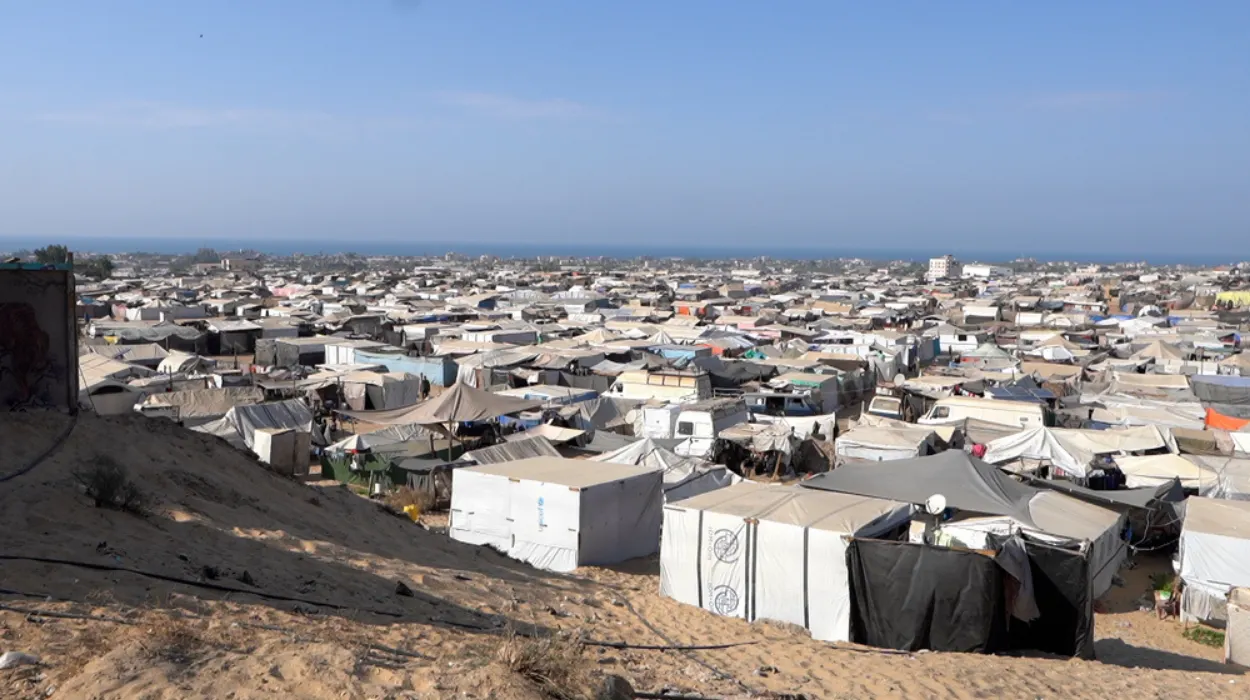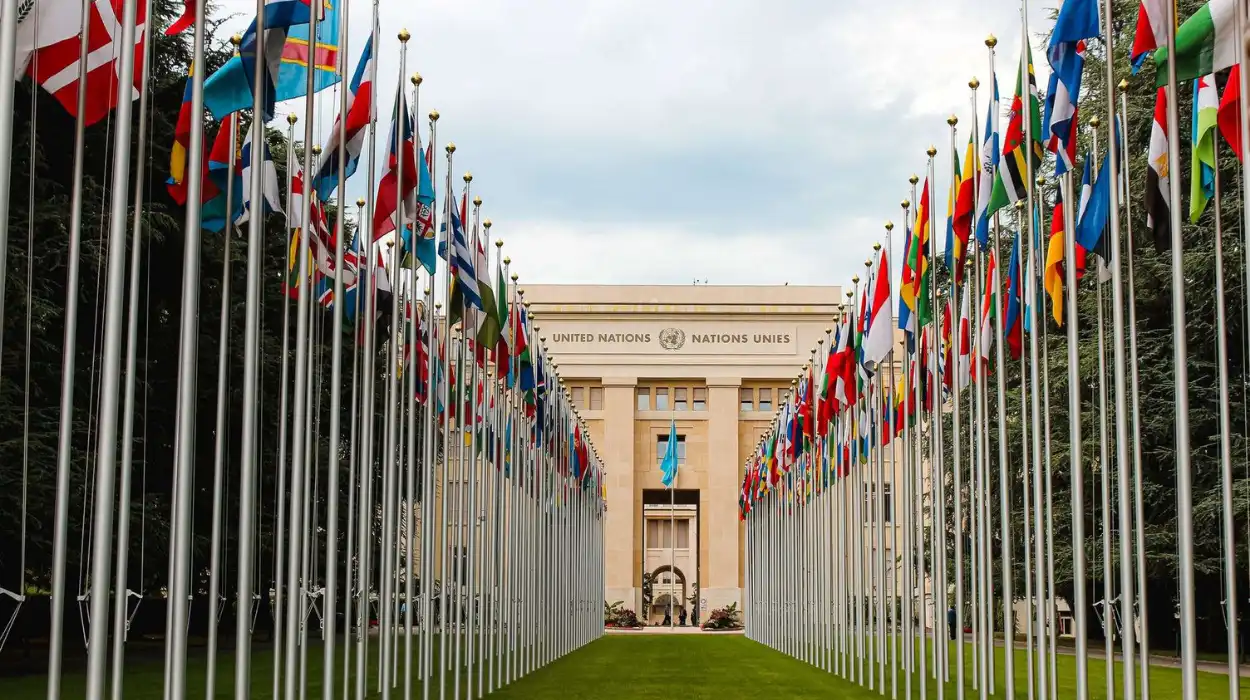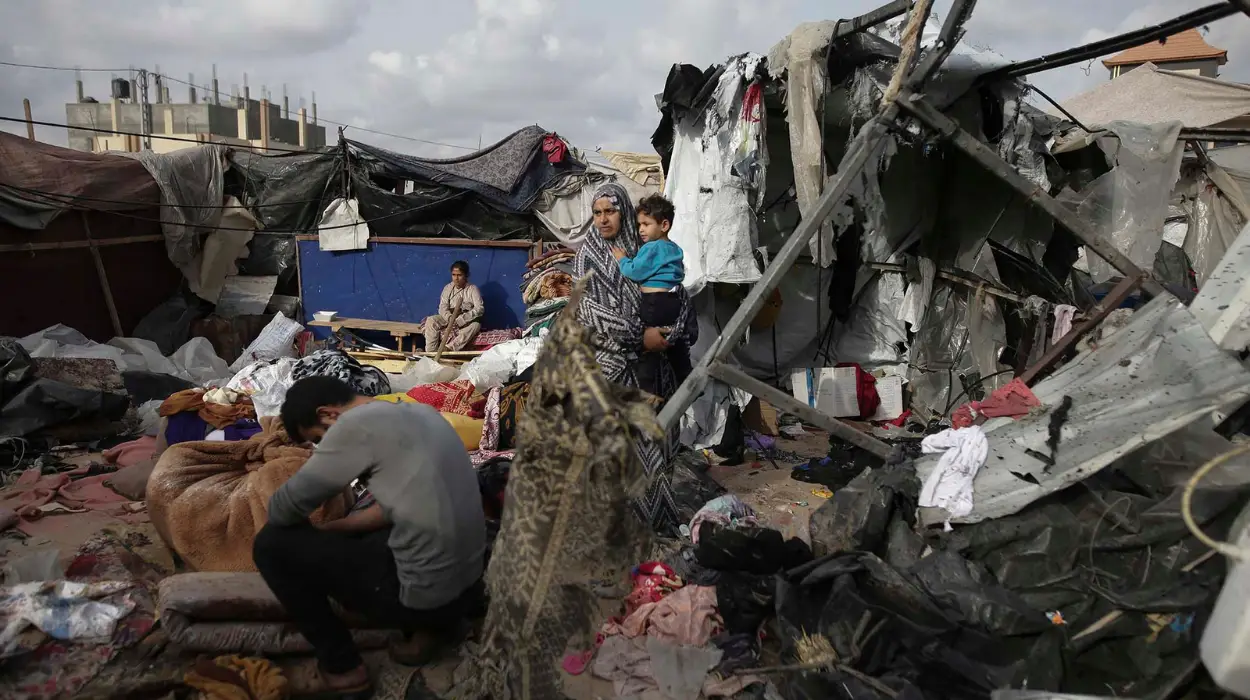By mid-2025, there is no greater humanitarian disaster taking place in the Gaza Strip involving rampant escalation in hunger, massive malnutrition and deprivation of basic resources to near and total. The blockade further intensified in the month of March 2025 to limit supply of food, water, fuel, and medicines into the territory. Prior to the escalation in October 2023, Gaza was being offered more than 500 truckloads of humanitarian aid on a daily basis. That number currently has an average of just 28 trucks a day, which is pathetic, considering that there are over 2.1 million people.
The United Nations office on the coordination of humanitarian affairs (OCHA) indicates that about 900,000 of the children in Gaza are hungry with 70,000 of these children already being in serious cases of malnutrition. Families live off one meal a day which may not even be nutritious enough to sustain the whole family and some people go days without a single crumb. The danger of mass famine has now appeared as a potential threat with children and elderly citizens being the most vulnerable.
Blockade Restrictions And Humanitarian Access Failures
Fuel Shortages And Infrastructure Collapse
The existence of the humanitarian crisis in Gaza does not only lean on food. Fuel shortage has plunged to the lowest levels, as Israeli authorities have also allowed only two truck-loads of fuel to enter the country on a daily basis, and only five days a week, through Kerem Shalom crossing. This is a big setback on the operations of a hospital, water desalination units and sanitation systems. The hospitals, which are already dilapidated by the continued airstrike, cannot even ensure basic operations without a continuous source of electricity or even medicines.
The aid efforts are an insufficient amount despite the periodic proclamations of humanitarian porches by Israel. There are a lot of bureaucratic delays and denials on grounds of security considerations. Even of the 150 scheduled aid distributions early in July 2025, 34 were blocked and 38 further were hindered, meaning less than a half of targeted aid was successfully delivered. The shelters, schools and tents that hold the internally displaced people have been attacked severally with more people losing their lives in the process as they seek protection.
Human Toll: Death, Displacement, And Health Crisis
Rising Civilian Casualties
Since the outbreak of hostilities in October 2023, Gaza’s Ministry of Health has reported over 58,573 deaths and 139,607 injuries as of July 2025. Children and women comprise a large share of these fatalities—17,921 children and 9,497 women. A significant number of deaths are now attributed not only to violence but to starvation and untreated medical conditions caused by blocked access to care.
Mass Displacement And Strained Humanitarian Services
Approximately 1.9 million people have been forcibly displaced—over 90 percent of Gaza’s total population. The majority have been uprooted multiple times, with some families relocated up to ten times as military operations and evacuation orders expand. This mass displacement strains the limited capacity of humanitarian agencies, complicating shelter distribution, sanitation, and delivery of medical aid.
The human cost has also affected aid workers. At least 107 humanitarian workers have been killed in 2025 alone, and 326 UN staff members have died since the beginning of the 2023 conflict escalation. These losses further cripple relief operations and limit health service provision to those in dire need.
Collapsing Health Infrastructure And Overwhelmed Facilities
Hospitals Struggle To Function
Gaza’s hospitals and clinics are on the brink of total collapse. Trauma care is increasingly unavailable, intensive care units lack functioning ventilators, and routine surgeries are impossible due to supply shortages and inconsistent electricity. Mortality rates for critically ill patients continue to rise.
Medical personnel operate in extreme conditions. The World Health Organization (WHO) has reported repeated attacks on healthcare facilities, severely impeding emergency response capabilities. Health professionals are now working without essential protective equipment, life-saving medicines, or even running water in some facilities.
Political And Diplomatic Landscape
International Condemnation And Advocacy
The humanitarian catastrophe in Gaza has drawn urgent global concern. OCHA has warned that Gazans are living in “conditions increasingly incompatible with their continued existence.” The UN Relief and Works Agency (UNRWA) has called on the necessity of the humanitarian corridor instantly, and asserted that relief is not a war weapon. The agency also cautioned of acute malnutrition among children below the age of five which has been skyrocketing thereby causing irreversible developmental damage.
International countries such as France and the United Kingdom have been calling for a ceasefire and condemning restrictions persistently. The United Nations is also engaged diplomatically in attempting to extend and make humanitarian pauses more lasting, although there is little impact so far because of the dynamics of continuing conflict and suspicion.
Israeli Government Position
The Israeli government supports the blockade and aid restrictions as the key to national security and actions against the arrival of weapons and finances of militant factions. The international community has however come out strongly to criticize the fact that such measures are indiscriminate in their effect and they severely affect the civilian population causing crumbling of the civilian infrastructure of Gaza.
Announced humanitarian truces are regarded as not enough. Slow response, refusal of services, and variability of operations still impose limitations to the extent and effects of aid delivery. International response has been very shaky to say the least with civilian deaths occurring in the process of aiding the already destabilised environment.
Broader Regional And Humanitarian Implications
Risk Of Famine And Developmental Collapse
Food insecurity in Gaza is now classified as reaching emergency levels. The Integrated Food Security Phase Classification (IPC) system indicates that 22 percent of Gaza’s population is nearing famine-level conditions. Without a significant and immediate scale-up of aid access, famine may be declared within weeks.
Beyond the current crisis, the long-term effects are dire. Malnourished children face lifelong physical and cognitive impairments. The collapse of health systems compromises the survivability of even treatable illnesses. Years of developmental progress are at risk of being undone.
Regional Fallout And Security Concerns
The humanitarian catastrophe risks spilling over into neighboring regions. With the population on the move, border pressure on Egypt and the West Bank may intensify. Humanitarian organizations forewarn about possible destabilization of the region, where displacement rates keep increasing and the crisis in Gaza still worsened political conditions that are already under pressure in the region.
Moreover, the donor fatigue and the increased expenses of a humanitarian operation could result in decreasing the aid and, as a result, trigger the self-sustaining cycle of unfulfilled needs and the increase in despair.
This person has spoken on the topic: Dr. Aleksander Loupis, a humanitarian expert, recently emphasized that
“The blockade and the spiraling hunger crisis in Gaza represent a humanitarian catastrophe which demands immediate and unimpeded access to life-saving aid to prevent further mass suffering.”
The UN warns that Gaza is on the brink of famine as Israelis continue to prevent aid from crossing the border. UNRWA also warns of forced closure if donors don't resume funding.
It’s not famine. It’s deliberate starvation by Israel!
pic.twitter.com/Yq9K05u7a9
— Dr. Anastasia Maria Loupis (@DrLoupis) February 8, 2024A humanitarian crisis in Gaza is one of the most dramatic issues of global concern in 2025. The combination of drawn out warfare, restrictive blockades and weak international relations has led a civilian population to the purge of famine and medical disaster. Arguing against the possibility of international actors breaking out of the diplomatic stalemate and providing substantive humanitarian intervention is not so much a challenge to international will as to the collective duty to humankind, swirled up in the wake of the mounting carnage.


